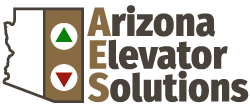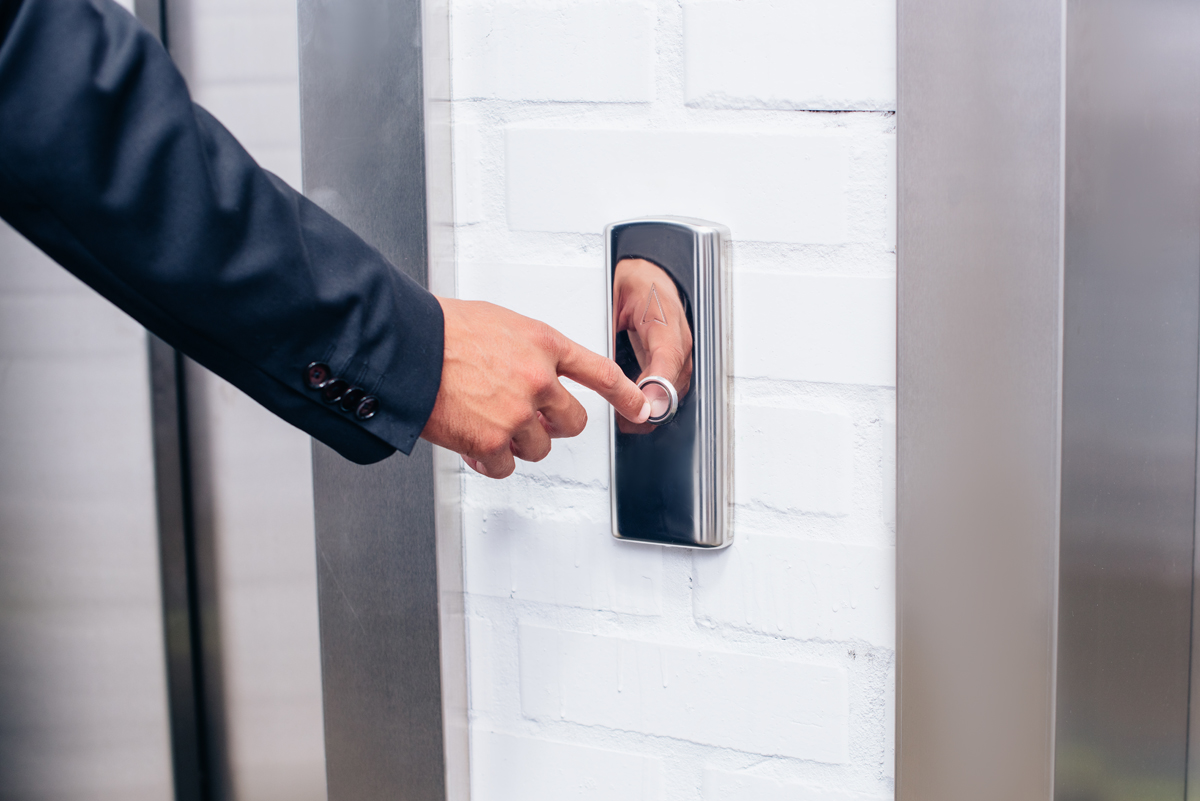Elevators have been staples in commercial and residential buildings for decades. Elevator engineering has remained pretty basic over time, but constant tweaks are made to ensure the smoothest ride possible. If you are searching for “elevator parts” or “parts of an elevator,” let this post serve as your guide.
Elevator Parts
The different parts of an elevator include:
- Elevator car & shaft
- The Sheave & Motor
- Control unit
- Counterweight
- Machine drive
- Counterweight guide rails
- Guide rail fixing bracket
- Car guide rail
- Counterweight frame
- Counterweight buffer
- Overspeed governor
- Control cabinet
- Apron
- Landing doors
- Tension pulley
- Car bugger
Elevator Car And Shaft
The objective of an elevator is simple: safely transport people and/or objects within an elevator shaft. Any size elevator will be designed with at least one door which works off a hydraulic system or motor. This pulls the car up and returns it back down continually. Motorized elevators are most commonly found in commercial buildings. Elevator shafts consist of guide tracks. These tracks guide the elevator up and down while balancing the weight of the car at the same time.
Sheave And Motor
Motorized elevators will be raised and lowered by steel ropes that are connected to a counterweight and the elevator car. The pulley is called the sheave. This is what lifts the rope and lowers it back down when prompted. It is the responsibility of the motor to keep the sheave moving in the right direction.
Control Unit
The control room contains the motor, control unit and the sheave. These can be generally found atop the elevator shaft. This is where signals are sent, translated through the system and then used to tell the motor which way to go. A signal is then sent to the control room to stop when the appropriate floor or level is reached. Once stopped, passengers can vacate the car at ease as soon as the doors open. Control units go through constant technological updates. Some software can monitor travel patterns, typical resting locations and signal priorities.
Elevator Counterweight
A counterweight reduces stress on the motor since it is being constantly strained from non-stop lifting and lowering. The motor helps guide the counterweight as it moves upwards and downwards throughout the day. Swaying guard rails were designed to make this process as smooth as possible for the elevator passengers.
Do You Need Elevator Services In Arizona?
Arizona Elevator Solutions is your go to elevator specialists that can handle anything from elevator repair and maintenance to elevator modernization and upgrades. Get a free elevator modernization quote from Arizona Elevator Solutions today! We also offer elevator services in Colorado.

